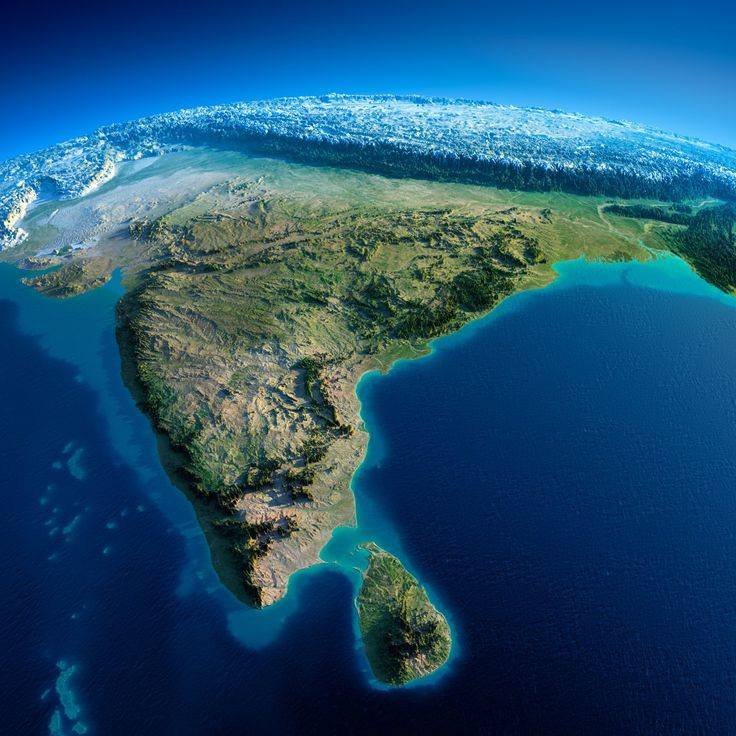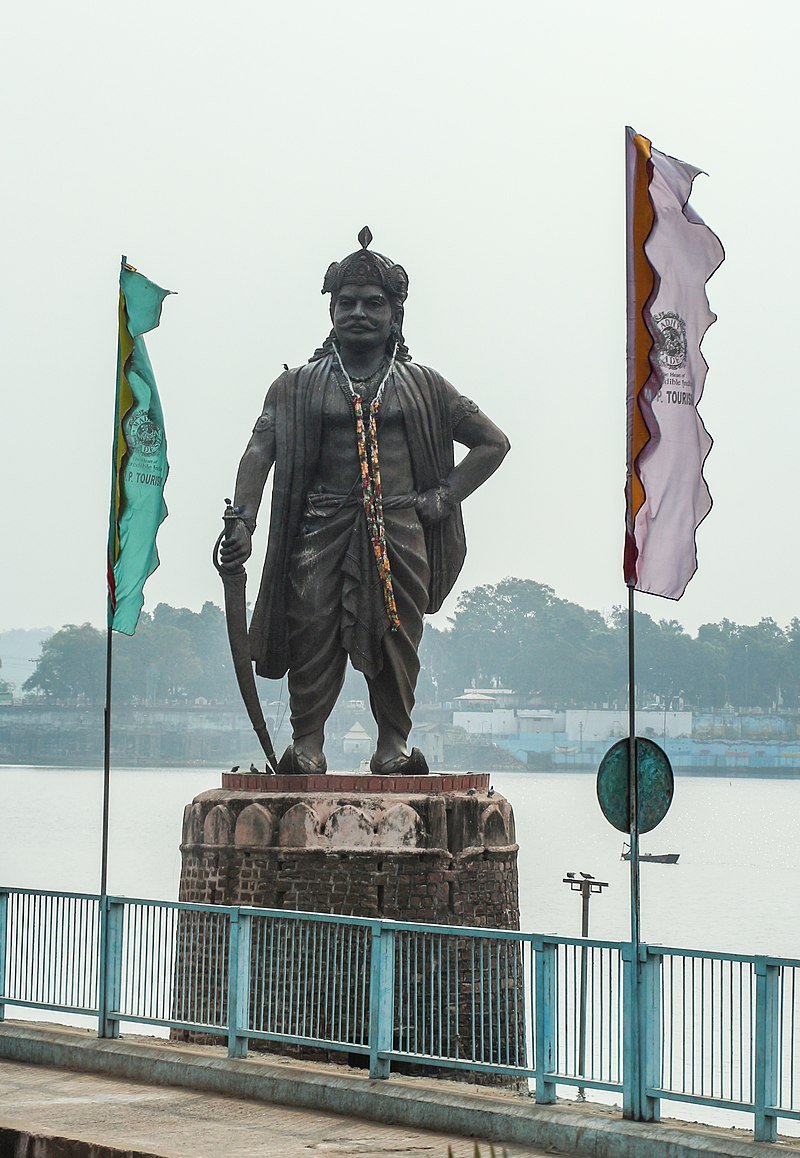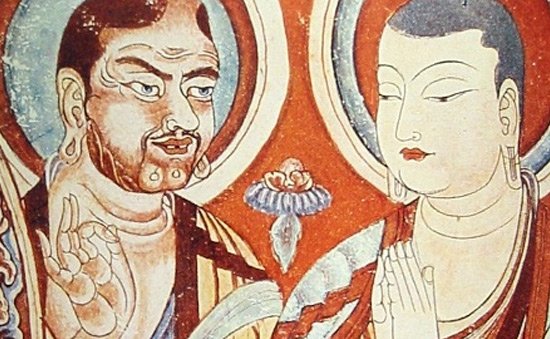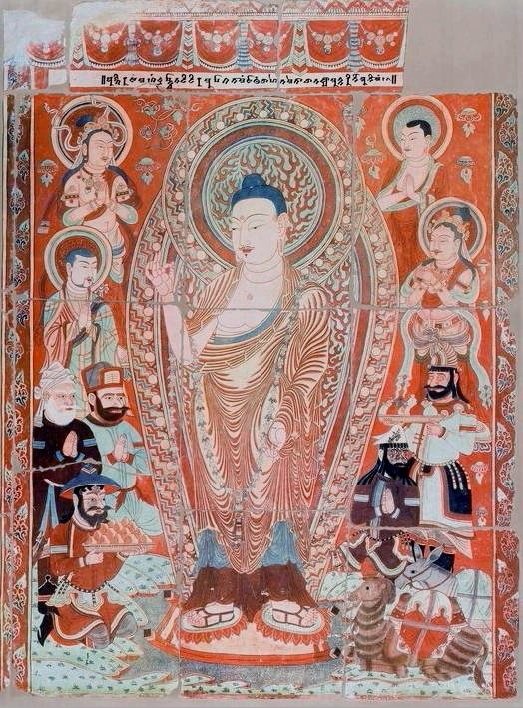
The first thread of the year will be on Ancient Indian Maritime trade.
The thread would be of several chapters and would detail ancient India's maritime trade and development from Indus valley till the 7th century AD.
The thread would be of several chapters and would detail ancient India's maritime trade and development from Indus valley till the 7th century AD.

Prologue
The features of India, indeed is full of contrasts in physical features and climates, but the features that divides and isolates the country are too clear to overlook.
The features of India, indeed is full of contrasts in physical features and climates, but the features that divides and isolates the country are too clear to overlook.

Mountain-guarded in the North, sea in the south, deserts in the west, India looks as if she had been meant by nature to remain isolated from the rest of the world and to develop her culture in isolation.
And yet there is hardly any country in the world that presents such an eventful record of intercourse with foreign countries.
The geography of India points to her natural isolation; but the history of India reveals other facts.
The geography of India points to her natural isolation; but the history of India reveals other facts.
From the people of Indus valley, which traded its goods to Mesopotamia, Oman, Bahrain, from the intercourse with the Persians, Greeks, Romans, and others, India became the focal point in ancient times in trade, commerce, education, and thought. 

We have the evidence to prove Indian influence which transgressed way beyond its geographical borders, and thus making the country the heart of the ancient world for at least 2,000 years. 

India, had colonies in Cambodia Java, Sumatra, in Borneo,& other place of SE Asia.
She traded with southern China, Malaya peninsula, & throughout the chief cities of the middle-east, with Egypt, and to top all- the Roman Empire was the most privileged customer of Indian goods.
She traded with southern China, Malaya peninsula, & throughout the chief cities of the middle-east, with Egypt, and to top all- the Roman Empire was the most privileged customer of Indian goods.

It is thus, seen that the rigid isolation apparently decreed to her by nature, one finds a remarkable active intercourse with foreign countries established by the efforts of man, and a conquest achieved over the natural environment.
The next chapters would detail about these intercourses, India had with the world in ancient times, which made her perhaps the most richest country in material wealth and also in thought.
@threadreaderapp , compile
• • •
Missing some Tweet in this thread? You can try to
force a refresh




















